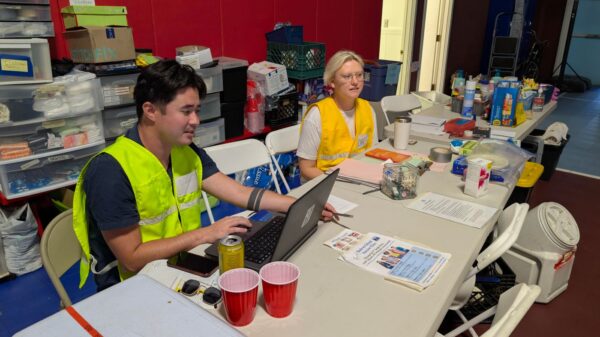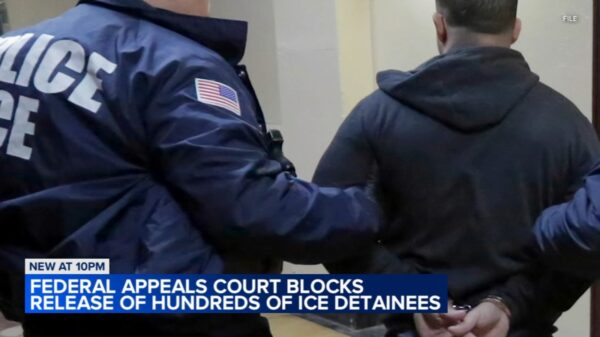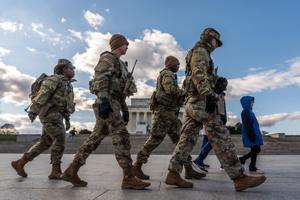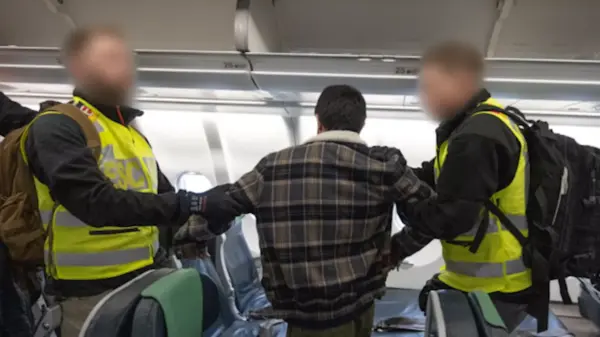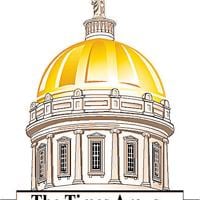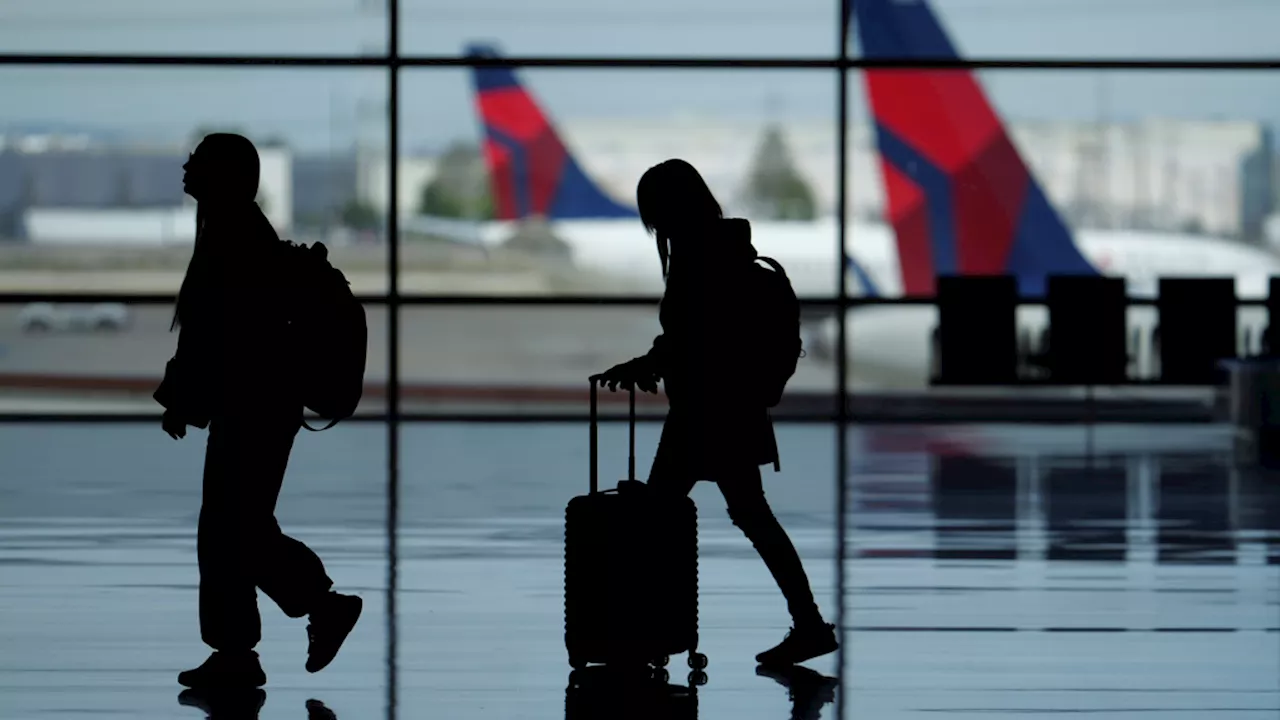Travelers at Salt Lake City International Airport are bracing for potential delays and cancellations as the Federal Aviation Administration (FAA) has announced a significant reduction in air traffic. Starting from November 3, 2024, the FAA will cut air traffic by 10% across 40 high-volume markets to ensure safety during the ongoing government shutdown. This decision has raised concerns among passengers and federal employees alike as the impact of the shutdown continues to unfold.
At present, lines at Salt Lake City International Airport appear manageable. However, some travelers have reported increased wait times at security checkpoints. “The flight was fine, no delays. But the TSA checkpoints were a little bit busy in Houston,” noted David Hylton, a traveler who has adapted his schedule to account for these changes. He stated that he now arrives at the airport three hours earlier than usual to avoid any potential issues.
As the shutdown stretches into its second month, many travelers are becoming increasingly anxious about the implications for their upcoming flights. Another passenger, referred to as Turner, expressed concern over the safety of air travel given that TSA employees are working without pay. “It’s not good that we’re having people who are in charge of the safety of the planes not being paid, but they’re still expected to come to work,” he said. Turner emphasized that the uncertainty surrounding the shutdown has compelled him to arrive earlier than he normally would.
Travelers are preparing for the holiday season, which puts additional pressure on air travel. With Thanksgiving approaching, many are adjusting their plans to allow for longer wait times. Turner confirmed, “I’m flying the week of Thanksgiving, so I’m probably going to give more time to arrive at the airport.” The sentiment among passengers seems to reflect a mix of patience and apprehension as they navigate the evolving situation.
The FAA’s decision to reduce air traffic aims to maintain safety during a time when federal workers are facing significant challenges due to the shutdown. Passengers are left to wonder how long unpaid employees can continue to perform their duties effectively. The ongoing situation has underscored the interconnectedness of government operations and public safety, leading to broader implications for travelers across the nation.
As the situation develops, travelers are advised to stay informed about their flight statuses and potential delays. The upcoming weeks will be critical as the government shutdown lingers, and the impact on air travel becomes more pronounced.


